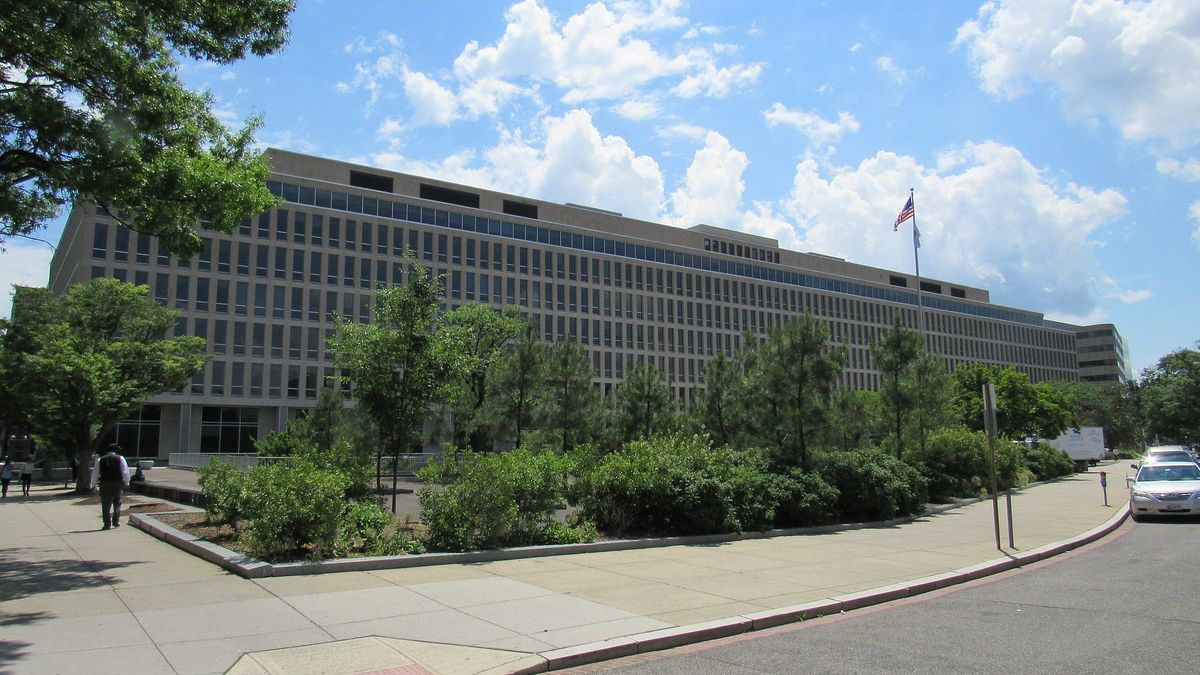
The U.S. Department of Education (ED) is facing difficulties fulfilling core responsibilities with its existing budget, creating uncertainty around services and priorities.
Key issues include:
Inadequate funding for FAFSA processing and student aid. ED requires substantially more funds to process FAFSAs and distribute student financial aid in a timely manner. Processing times surpassed 150 days last year due to lack of funding.
Limited resources for oversight and enforcement. ED lacks sufficient resources and personnel to effectively oversee institutions, enforce laws/regulations, prevent/penalize fraud and non-compliance. Critics argue this puts students at-risk, while supporters counter that limited funds necessitate restraint.
Inability to support essential programs and initiatives. ED struggles to finance important programs like public service loan forgiveness, tuition-free college, teacher training, school reopening support and more with budget constraints. This feeds perceptions that its priorities are misaligned or it’s incapable of executing on goals.
Reliance on short-term funding measures. ED depends on continuing resolutions, stopgap funding measures and budget gimmicks to stay afloat rather than long-term funding. This introduces much uncertainty and makes long-term planning nearly impossible.
Calls for significant budget increases face constraints. While the need for additional funds is plain, appropriations committees must weigh ED’s budget against many competing priorities. Disagreements also emerge over how new funds should be allocated, from oversight/enforcement to student aid to administration.
The messy political process contributes to challenges. The Department must navigate partisan divides, bureaucratic hurdles and steered by leadership with different philosophies. This results in budget confusion, delays and compromises that don’t fully satisfy key goals or priorities.
All this fuels criticism that ED is broken or incapable of fulfilling core responsibilities under its mandate. Supporters counter that leadership, political will and adequate funding are needed – not replacement. With new management and priority focus, they argue the Department can regain footing and better serve American students.
There are reasonable positions on both sides, but clear problems persist that threaten student access, affordability, success and trust in the system. By openly addressing challenges, reassessing priorities and securing substantial resources to match needs, the Department can work to resolve issues rather than run from them. The future of public education depends on its ability and determination to do just that. Funding alone won’t fix deep-seated troubles, but without it, progress will remain elusive. A balance must be struck to support real reform.